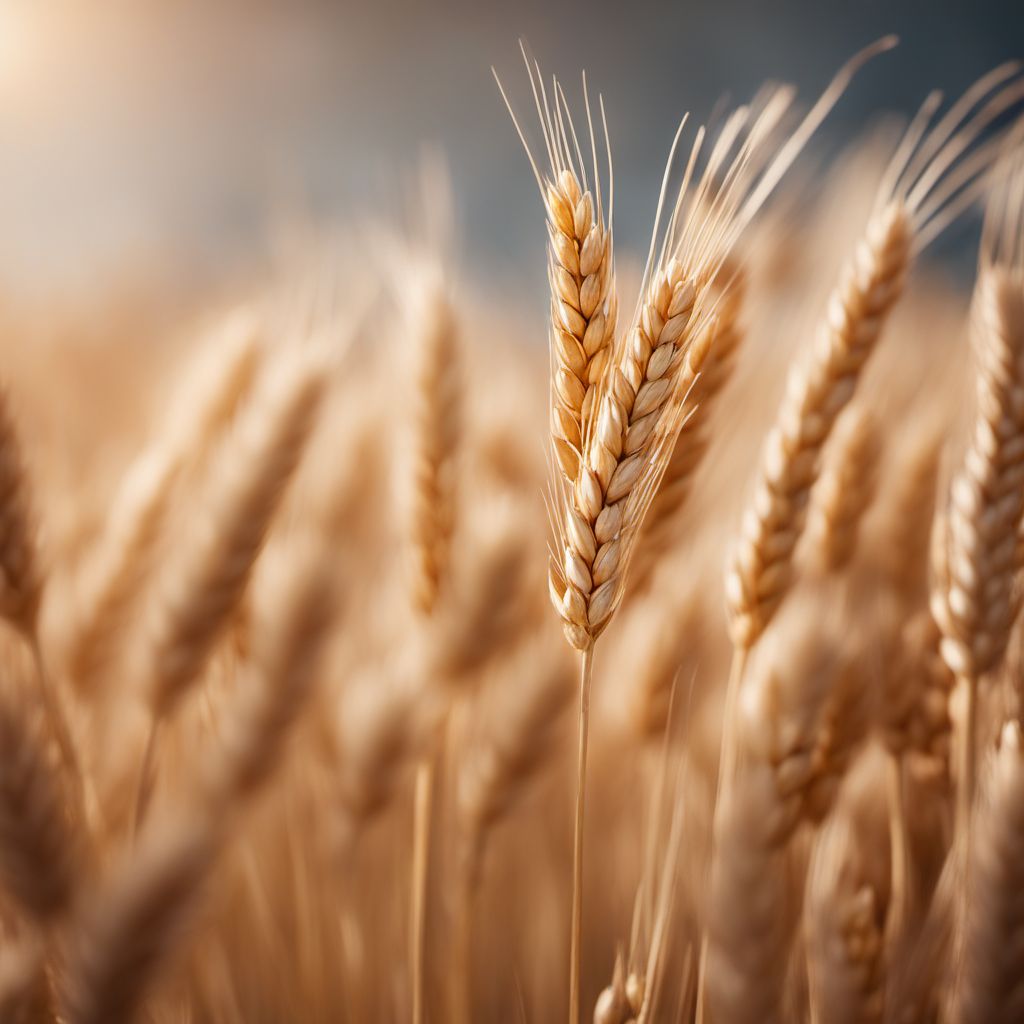
Ingredient
Wheat bran
The Fiber Powerhouse
Wheat bran is the outer layer of the wheat kernel that is removed during the milling process. It is a byproduct of wheat flour production and is known for its high fiber content. Wheat bran has a nutty flavor and a slightly coarse texture, which adds a pleasant crunch to baked goods and breakfast cereals. It is commonly used as a dietary supplement and is a popular choice for individuals looking to increase their fiber intake.
Origins and history
Wheat bran has been used for centuries as a dietary staple in various cultures around the world. It is particularly prevalent in countries where wheat is a major crop, such as the United States, Canada, and European countries. Wheat bran is often used in traditional recipes for bread, muffins, and porridge, and it is also a common ingredient in animal feed.
Nutritional information
Wheat bran is a nutritional powerhouse, rich in dietary fiber, vitamins, and minerals. It is an excellent source of insoluble fiber, which aids in digestion and promotes bowel regularity. Additionally, it contains significant amounts of iron, magnesium, and B vitamins. Wheat bran is also low in fat and calories, making it a healthy addition to a balanced diet.
Allergens
Wheat bran may contain gluten, which can trigger allergic reactions in individuals with celiac disease or gluten sensitivity.
How to select
When selecting wheat bran, look for a product that is fresh and free from any signs of moisture or insect damage. It should have a light brown color and a slightly sweet aroma. Additionally, choose a brand that is certified gluten-free if you have gluten intolerance or celiac disease.
Storage recommendations
To maintain the freshness and quality of wheat bran, store it in an airtight container in a cool, dry place, away from direct sunlight. This will help prevent moisture absorption and preserve its nutty flavor and texture. Properly stored wheat bran can last for several months.
How to produce
Wheat bran is produced as a byproduct of wheat flour production. It can be obtained by milling whole wheat grains and separating the bran from the endosperm and germ. Alternatively, it can be purchased from grocery stores or health food stores as a standalone product.
Preparation tips
Wheat bran can be used in a variety of ways in the kitchen. It can be added to baked goods such as bread, muffins, and cookies to increase their fiber content and add a nutty flavor. It can also be sprinkled over breakfast cereals, yogurt, or smoothies for an extra dose of fiber. Additionally, wheat bran can be used as a crunchy topping for salads or as a binder in meatballs or veggie burgers.
Substitutions
Rolled oats or oat bran can be used as substitutes for wheat bran in recipes. They offer a similar nutty flavor and texture and provide a good source of dietary fiber. However, keep in mind that the substitution ratio may vary depending on the recipe.
Culinary uses
Wheat bran is commonly used in baking to add texture and fiber to bread, muffins, and cookies. It is also a popular ingredient in breakfast cereals, granola bars, and oatmeal. Additionally, it can be used as a crunchy topping for salads or as a binder in meatballs or veggie burgers.
Availability
Wheat bran is widely available in grocery stores and health food stores worldwide. It can be found in the baking aisle or the bulk section, either packaged or sold in bulk bins.




